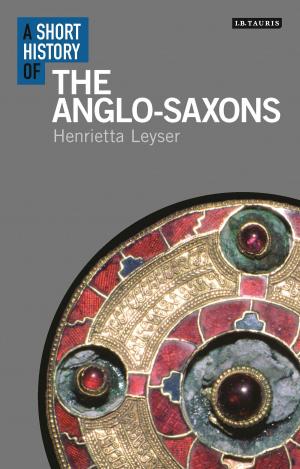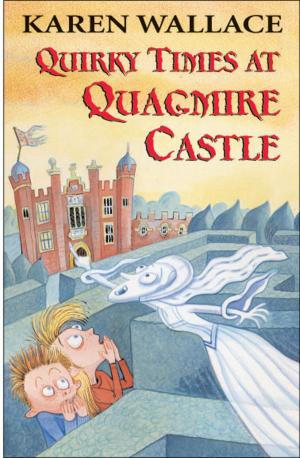Imperial Japanese Navy Destroyers 1919–45 (2)
Asashio to Tachibana Classes
Nonfiction, History, Asian, Japan, Military, Naval, World War II| Author: | Mark Stille | ISBN: | 9781849089883 |
| Publisher: | Bloomsbury Publishing | Publication: | September 20, 2013 |
| Imprint: | Osprey Publishing | Language: | English |
| Author: | Mark Stille |
| ISBN: | 9781849089883 |
| Publisher: | Bloomsbury Publishing |
| Publication: | September 20, 2013 |
| Imprint: | Osprey Publishing |
| Language: | English |
During the Pacific War the most successful component of the Imperial Japanese Fleet was its destroyer force. These ships were larger and, in most cases, better-equipped than their Allied counterparts. Armed with a powerful, long-ranged torpedo, these ships proved formidable opponents. Initially, they were instrumental in an unbroken string of Japanese victories, but it was not until the Guadalcanal campaign that these ships fully demonstrated their power. In a series of daring night actions, they devastated Allied task forces with their deadly torpedoes. This volume details the history, weapons and tactics of the Japanese destroyers built just before and throughout the war, including the famous Kagero and Yugumo classes, the experimental destroyer Shimakaze that boasted a top speed of almost 40 knots and 15 torpedo tubes, and the Matsu class that represented the Japanese equivalent to an Allied destroyer escort. These ships were designed to be built quickly and cheaply, but proved to be very tough in combat.
During the Pacific War the most successful component of the Imperial Japanese Fleet was its destroyer force. These ships were larger and, in most cases, better-equipped than their Allied counterparts. Armed with a powerful, long-ranged torpedo, these ships proved formidable opponents. Initially, they were instrumental in an unbroken string of Japanese victories, but it was not until the Guadalcanal campaign that these ships fully demonstrated their power. In a series of daring night actions, they devastated Allied task forces with their deadly torpedoes. This volume details the history, weapons and tactics of the Japanese destroyers built just before and throughout the war, including the famous Kagero and Yugumo classes, the experimental destroyer Shimakaze that boasted a top speed of almost 40 knots and 15 torpedo tubes, and the Matsu class that represented the Japanese equivalent to an Allied destroyer escort. These ships were designed to be built quickly and cheaply, but proved to be very tough in combat.















